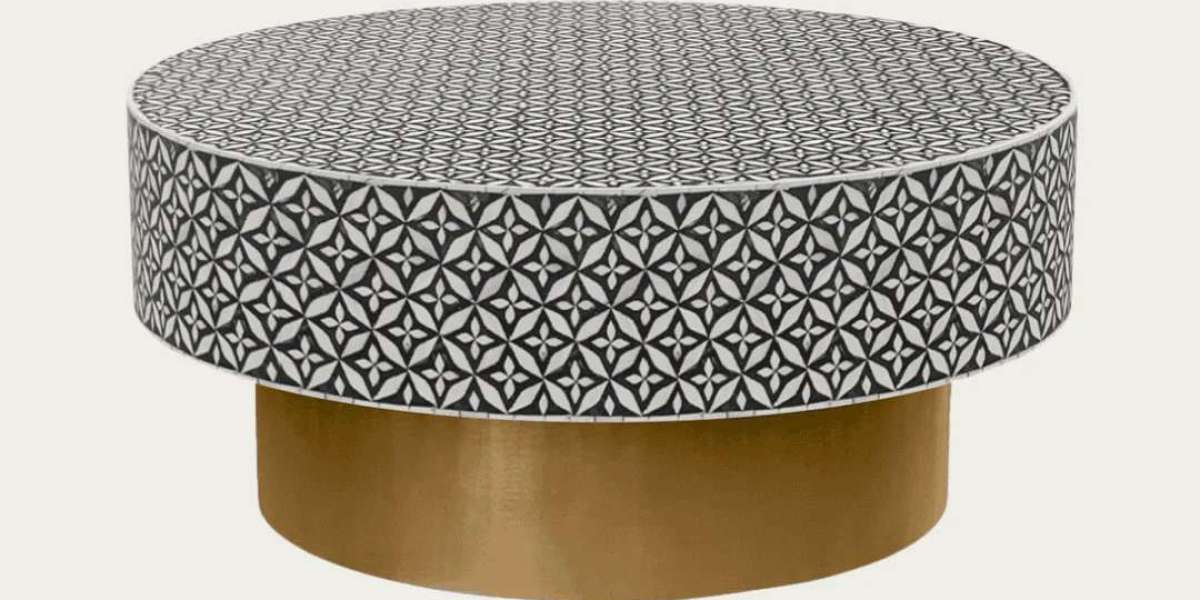Coins have been part of human civilization for thousands of years. Beyond their primary role as currency, some coins stand out because of their rarity, age, and uniqueness. These rare coins are prized by collectors and historians alike. They represent forgotten eras, vanished empires, and extraordinary craftsmanship. In this article, we’ll delve into what defines a rare coin, highlight some remarkable examples, and explore why they continue to fascinate collectors around the world.
What Makes a Coin Rare?
The rarity of a coin depends on multiple factors, and not all old coins are rare or valuable. Here are key elements that define a rare coin:
Limited Mintage: Fewer coins produced means higher rarity.
Survival Rate: Even if millions were minted, few may have survived over the years.
Minting Errors: Coins with production defects are considered unique.
Historical Relevance: Coins from significant time periods or rulers are in high demand.
Condition (Grade): Coins in mint or near-mint condition are harder to find and more valuable.
Collectors and investors often assess rarity using detailed coin catalogues, auction records, and grading services.
Types of Rare Coins
Rare coins come in many forms, from ancient artifacts to modern-day limited issues. Some popular types include:
Ancient Coins
These include Roman, Greek, and early Indian coins. They offer insight into the economy, culture, and rulers of ancient times.Medieval Coins
Coins from kingdoms and dynasties like the Cholas, Mughals, and Marathas are highly collectible for their artistic value.Colonial-Era Coins
Coins from the British, Portuguese, and other colonial regimes offer a blend of foreign and local influences.Modern Error Coins
Even recently minted coins with printing mistakes—like double dies or off-center strikes—can become valuable over time.Commemorative Coins
Released to honor specific events, anniversaries, or personalities, these often have low mintage numbers and high collector interest.
Famous Rare Coins Around the World
Certain rare coins have become legendary due to their historical context and extreme scarcity. Here are some noteworthy examples:
1794 Flowing Hair Silver Dollar (USA): Believed to be the first silver dollar issued by the U.S. Mint.
Double Eagle 1933 (USA): Most of these were melted down, but a few survived and sold for millions.
Edward VIII Pattern Coins (UK): Never officially released due to the king’s abdication, making them extremely rare.
Mughal Gold Mohurs (India): Exquisitely designed and often inscribed with Quranic verses and imperial titles.
1941 One Pice Coin (India): Made of bronze and issued during British India, highly sought after for its rarity and design.
Rare Coins in Indian History
India’s long and diverse history makes it a treasure trove for rare coin collectors. From punch-marked coins of ancient kingdoms to modern minting errors, the subcontinent has much to offer:
Punch-Marked Coins (600 BCE – 200 BCE): One of the oldest forms of Indian currency, featuring symbols punched rather than cast.
Gupta Dynasty Coins: Gold coins with detailed depictions of rulers and Hindu deities.
Hyderabad Nizam Coins: Issued by princely states, often made of silver or copper.
British India Coins: Featuring Queen Victoria, Edward VII, George V, and George VI, these coins are widely collected.
Post-Independence Errors: Variations in Indian rupee and paise coins due to minting mistakes are increasingly popular among collectors.
Getting Started with Rare Coin Collecting
For beginners, the world of rare coin collecting can seem vast, but with a few simple steps, anyone can begin:
Start Small: Begin with coins from your own country or era of interest.
Study and Research: Read books, study catalogues, and learn how to grade coins.
Join Communities: Local and online collector groups can offer advice, share resources, and help you identify finds.
Buy Smart: Purchase from reputable dealers or certified auction houses to avoid fakes.
Keep Records: Maintain a log of each coin’s origin, condition, and estimated value.
The journey of building a coin collection is rewarding both intellectually and emotionally.
How to Preserve Rare Coins
Proper care and storage are essential to protect the value and appearance of rare coins:
Avoid Touching the Surface: Always hold coins by the edges to avoid oils and dirt from your fingers.
Use Protective Holders: Store coins in holders, flips, or capsules made of non-reactive materials.
Keep in Stable Conditions: Store in a cool, dry place away from sunlight, humidity, and temperature changes.
Do Not Clean: Cleaning a coin, even gently, can scratch or damage it, reducing its value.
Preservation is key to maintaining the rarity and appeal of a coin for years to come.
Rare Coins as Investment Assets
While many collect coins out of passion, others also view them as tangible investments. Here’s why:
Limited Supply: Rarity creates long-term demand.
Portfolio Diversification: Coins provide a non-traditional investment option.
Cultural and Historical Value: Their appeal goes beyond money—these are assets with legacy.
Steady Appreciation: Rare coins can increase in value over decades.
However, like any investment, coin collecting requires knowledge, patience, and expert advice to avoid costly mistakes.
Conclusion
Rare coins are more than currency—they are artifacts, works of art, and symbols of history. Whether you're collecting for personal satisfaction, historical interest, or financial gain, rare coins offer a fascinating and fulfilling hobby. As you build your collection, you'll discover that each coin holds a story—of a time, a place, and a people long past. With curiosity and care, rare coins can become lifelong treasures.
Important Links











